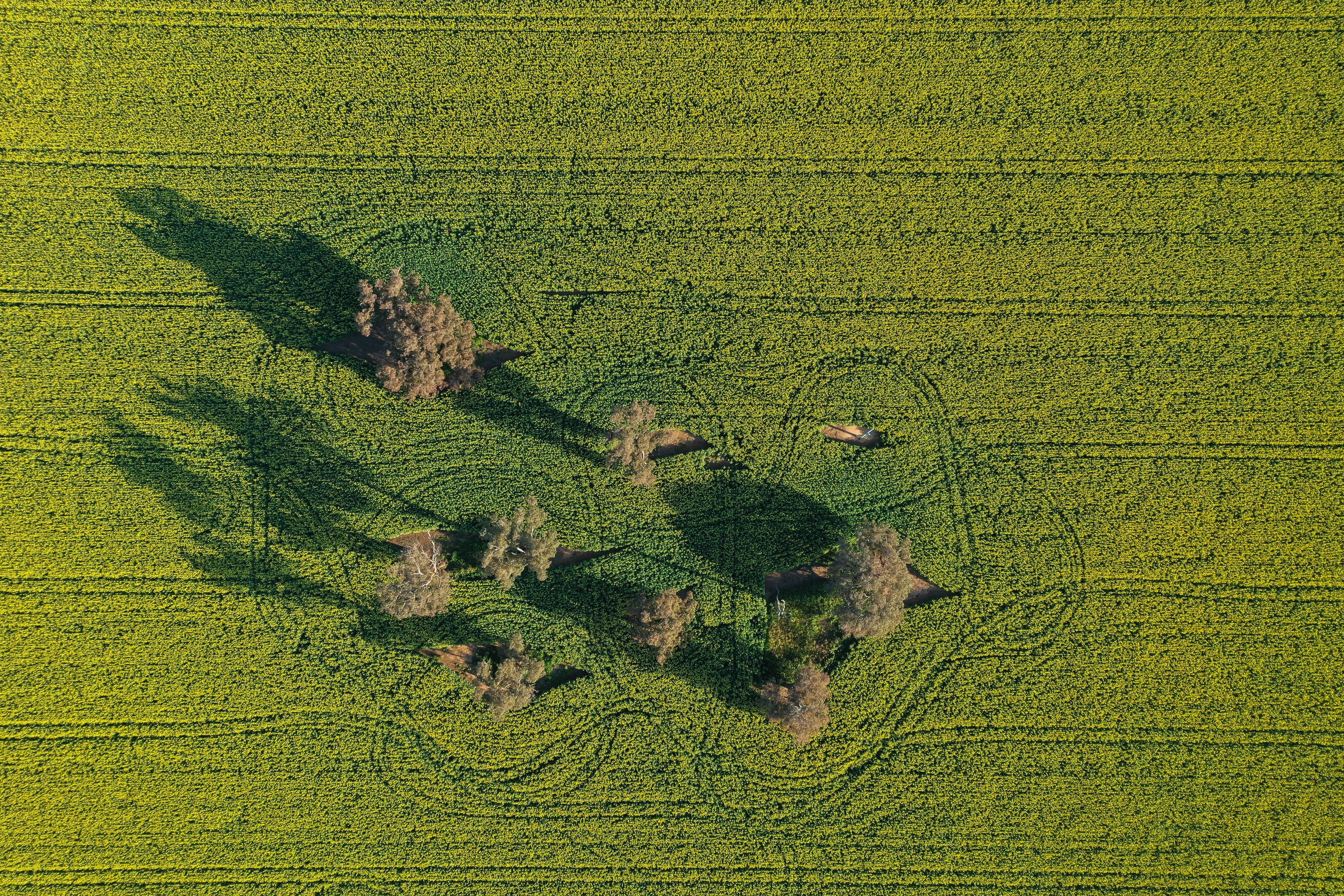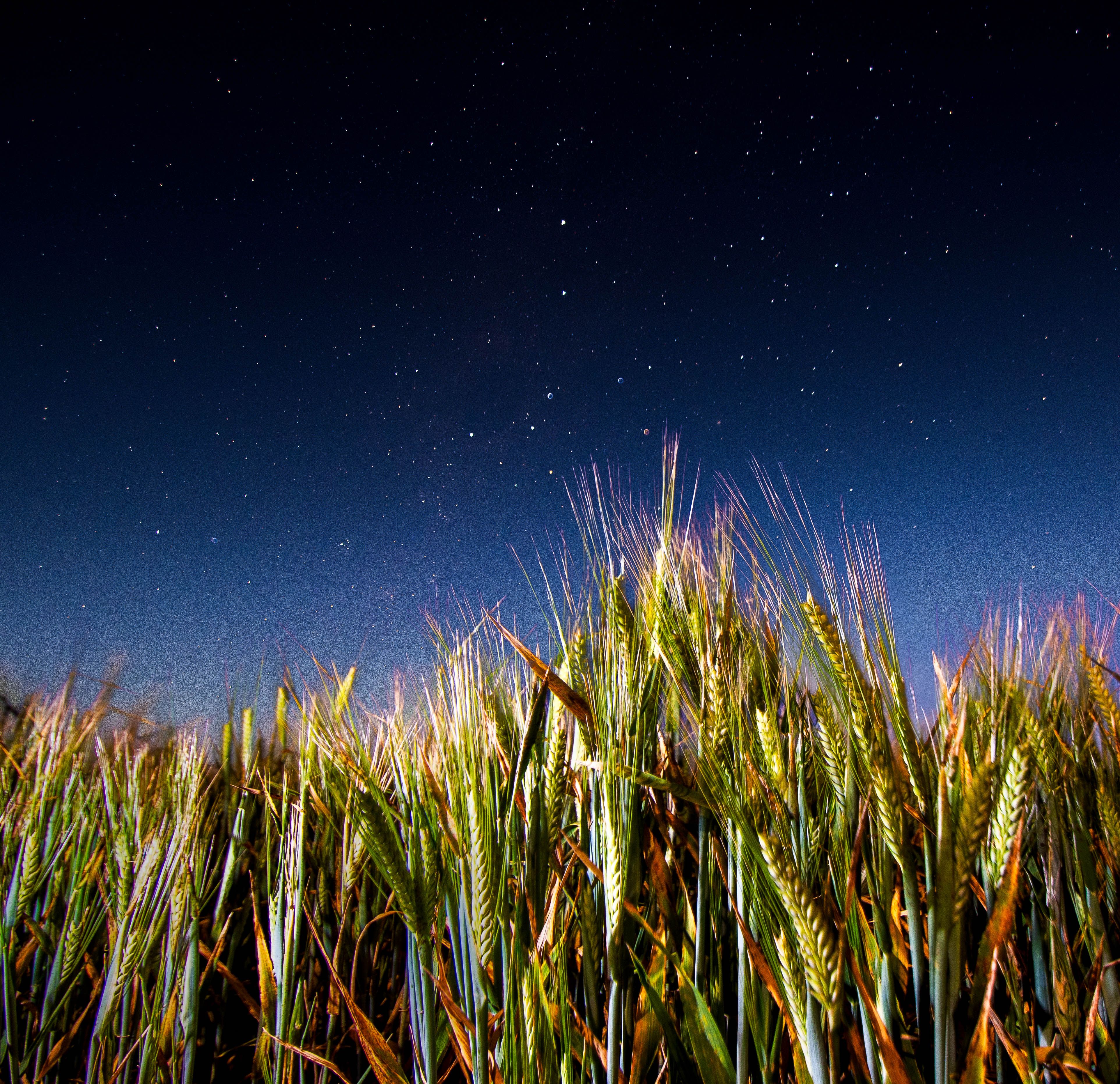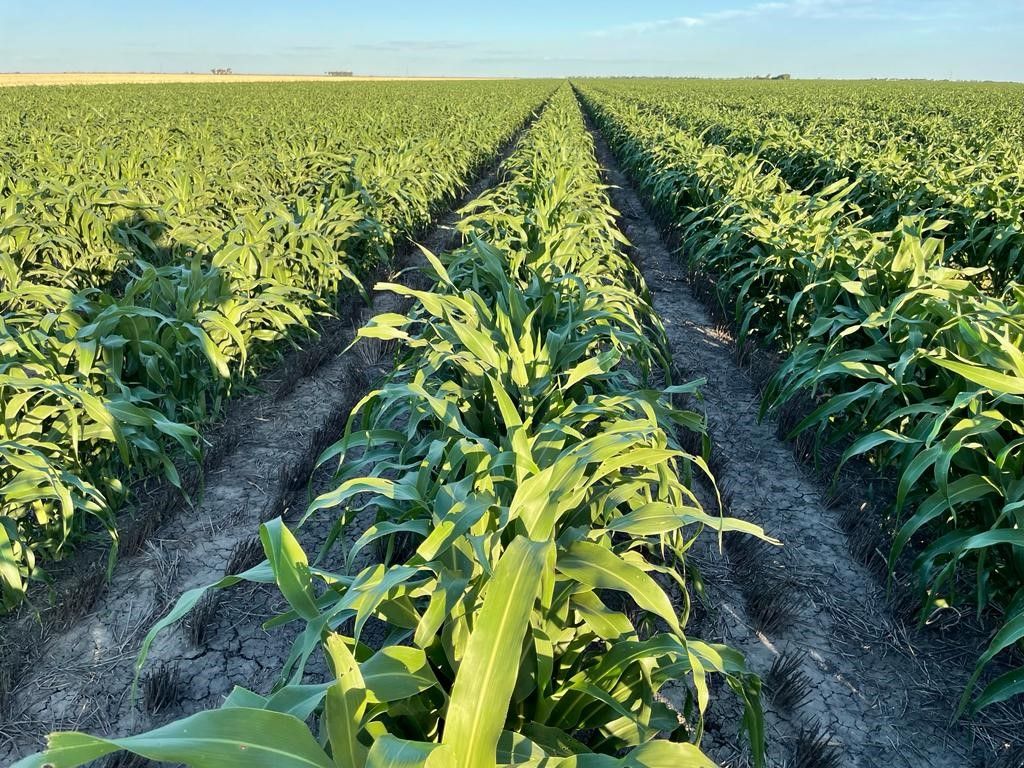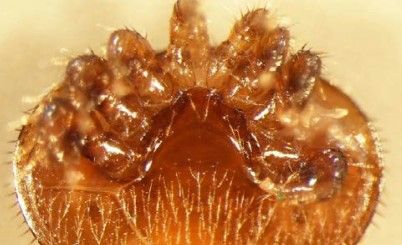Biosecurity

Biosecurity is one of GrainGrowers' six Priority Themes.
GrainGrowers is calling for a reset of Australia’s biosecurity system to ensure that it is better positioned to meet modern biosecurity threats.
There have been numerous reviews into our biosecurity system and countless recommendations to improve our biosecurity arrangements but there is a sense that these don’t go far enough, or modernise the system quickly enough to manage the increased threats.
- GrainGrowers National Biosecurity Update Apr-Jun 2023
- GrainGrowers National Biosecurity Update Jan-Mar 2023
- GrainGrowers National Biosecurity Update Oct-Dec 2022
- GrainGrowers Biosecurity Policy
- National Biosecurity Response
- Foot and Mouth Disease (FMD) & Lumpy Skin Disease (LSD) Resources
- It's time for a biosecurity reset
GrainGrowers National Biosecurity Updates
GrainGrowers has increased its focus on biosecurity in response to increased concern in the industry around pests and diseases. GrainGrowers provides growers with updates on the current state of play relevant to Australian grain growers.
LATEST UPDATES

Biosecurity with Dr Sam Nelson
DEC 2023
Biosecurity with Dr Sam Nelson
DEC 2023
GrainGrowers has increased its focus on biosecurity in response to heightened concern from growers around pests and diseases. GrainGrowers Policy Manager, Technical Dr Sam Nelson has provided some answers to questions about biosecurity, including the proposed biosecurity protection levy, slated to come into effect from mid-2024.

GrainGrowers submission
OCT 2023
GrainGrowers submission
OCT 2023
Biosecurity is of critical importance to the grains industry and Australian agriculture more broadly. GrainGrowers supports the concept of shared responsibility for biosecurity, and that industry, community and government all have their role to play in supporting better biosecurity outcomes for Australia.

Federal Budget - Biosecurity levy
JUNE 2023
Federal Budget - Biosecurity levy
JUNE 2023
The 2023-24 Federal Budget announced long-term funding measures for the biosecurity system to support the operation of the Australia’s pre- and at-border biosecurity system. The measure includes increased taxpayer funding, increased and expanded charges on importers and a charge on agricultural production, referred to as the Biosecurity Protection Levy.
The increased investment in biosecurity is a significant change in resourcing. However, agricultural industries have voiced concern at the announcement. GrainGrowers has highlighted the contribution the grains industry already makes to biosecurity through research and development levies, levies to Plant Health Australia, levies to manage emergency plant pests, as everyday taxpayers but also as part of the day-to-day costs of managing a farm – costs that increase with every new pest incursion.
The new charge on domestic agricultural producers is proposed to collect an amount ‘equivalent to 10 per cent of 2020-21 levy rates or another comparable metric where such levies are not in place’, with total revenue estimated at $47.5m p.a.
Details of the way the charge would be set are still to be confirmed, estimates suggest that the charge would be an additional 40c per mt of grain (assuming wheat at $400/mt). GrainGrowers is concerned that without an appropriate implementation plan and adequate safeguards, the increased investment in biosecurity will not deliver the outcomes demanded by industry and the broader Australian community.
GrainGrowers has met with both the Minister’s office and the Department of Agriculture Fisheries and Forestry on multiple occasions to voice grower concerns. GrainGrowers’ National Policy Group has considered the issues at length and GrainGrowers has sought clarity on the following:
- What the cost will be to the grains industry.
- Action on a container levy, or equivalent charge on importers.
- A ‘clear line of sight’ on the use of the levy funds, including transparency on what is being funded and how the biosecurity system is performing.
- A clear link between revenue collected through the biosecurity protection levy and biosecurity funding
Read more: Peak national grain groups seek greater transparency on biosecurity spending

Grower survey results
JUNE 2023
Grower survey results
JUNE 2023
The past 12 months have seen significant threats to Australia’s biosecurity, with emerging challenges from Foot and Mouth Disease and Lumpy Skin Disease in the cattle industry resulting from outbreaks in Indonesia and the ongoing efforts to eradicate Varroa Mite from bees in New South Wales. In GrainGrowers’ Annual Policy Survey, 12 per cent of growers highlighted biosecurity as one of the most important issues or challenges facing their grains business, with 51 per cent of those respondents indicating it was extremely important.
Against this backdrop, GrainGrowers once again asked growers about their confidence in keeping pests out of Australia, eradicating pests once an incursion has occurred and controlling pests once they have become established. The question was asked in GrainGrowers’ 2022 survey, and the results only differ slightly in 2023 compared to the previous year (see below). These results highlight the underlying concerns industry has on biosecurity with between 1 in 5 and 1 in 4 growers indicating a lack in confidence related to the control and management of biosecurity threats. “12 per cent of growers highlighted biosecurity as one of the most important issues or challenges.”
This year, GrainGrowers surveyed growers about on farm innovation, including what practices, tools and knowledge would have the most impact on farm businesses. Tools and technologies that could be used to assist the management of pests and diseases featured highlight, with 19 per cent of respondents indicating an interest in weed spraying technologies; 14 per cent nominating plant breeding and 9 per cent indicated chemical use and chemistry related innovations.
GrainGrowers will continue to work on policies and programs that can support advancements in the grains industry to equip growers with the tools and technologies to operate a profitable and sustainable farming business.


National Biosecurity Strategy
March 2023
National Biosecurity Strategy
March 2023
The Commonwealth Government has been facilitating the development of a National Biosecurity Strategy, which began in late 2021 and GrainGrowers has been engaging with this process.
The National Biosecurity Strategy was finalised in August 2022 and Commonwealth, State and Territory Governments have been working on an implementation plan to be delivered by mid-2023.
The implementation plan will be based on advice from a committee including National Farmers Federation, Plant Health Australia and the Grains Research and Development Corporation (GRDC). Whilst not directly engaged in the process GrainGrowers will seek to monitor its development and ensure the interests of the grains industry are reflected in the plan.

Sustainable funding
March 2023
Sustainable funding
March 2023
A key component of the National Biosecurity Strategy is sustainable funding for biosecurity.
GrainGrowers provided a submission on biosecurity funding which that biosecurity funding be appropriate to meet the growing risks faced, and that industries and individuals engaged in import activities contribute funding to the biosecurity system. It is important that these charging mechanisms are developed in consultation with importers to minimise unnecessary administrative costs.
Government has indicated that there was strong feedback on the need for reform of biosecurity funding, along with transparency and accountability in delivery of biosecurity services and their funding. GrainGrowers understands that the funding proposal is currently going through government processes and is waiting for further information.

Decade of Biosecurity
MARCH 2023
Decade of Biosecurity
MARCH 2023
The Decade of Biosecurity (2021-2030) initiative has been working to finalise its implementation plan. Key projects identified under the plan includes work to support a national biosecurity surveillance program, along with building networks of groups, using networks such as the National Landcare Network, that are trained to assist in a biosecurity response.
The Decade of Biosecurity seeks to provide an opportunity to lift community, industry and business engagement on biosecurity, but will need strong leadership in order to deliver against the proposed outcomes.

GRDC R,D&E Plan
MARCH 2023
GRDC R,D&E Plan
MARCH 2023
The consultation has recently closed on the GRDC draft R,D&E plan for 2023-28.
The GRDC currently provides significant support and leadership to Australia’s grains biosecurity effort, including research and extension activities to deal with current and emerging biosecurity threats. This work is intended to continue under the draft R,D&E plan, and GrainGrowers has indicated its support for GRDC to continue its work in this area.

Varroa mite
MARCH 2023
Varroa mite
MARCH 2023
The New South Wales government is continuing its eradication response for Varroa mite, with the most recent published number of infected premises totalling 137 as of 21 March1,2.
Beekeepers have been self-reporting detections of varroa mite, in addition to the surveillance work by NSW government officials. A number of detections have been observed where there has been illegal movement of beehives, allowing varroa mite to spread to other areas. The work to eradicate varroa mite highlights the importance of being able to track movements and proper record keeping.
A key aspect of a farm biosecurity plan is being able to keep records of purchases, sales and movements on and off farm. The farm biosecurity website has a range of tools and information that can assist with this3 and they recently published a review of apps to help track movements on and off farm using mobile phones4. It is important that any unusual plant pest or disease is reported immediately to the relevant state or territory agriculture agency through the Exotic Plant Pest Hotline (1800 084 881).
Early reporting increases the chance of effective control and eradication. The type of information that should be included in a report includes:
- what was seen (describe the pest or send a photo) and when was it first noticed
- where it was found and what it was on
- how many pests are present/how infected is the crop
- how widely distributed it is
The government website Outbreak | National pest & disease outbreaks provides current information about current biosecurity responses that are being managed across the States and Territories.